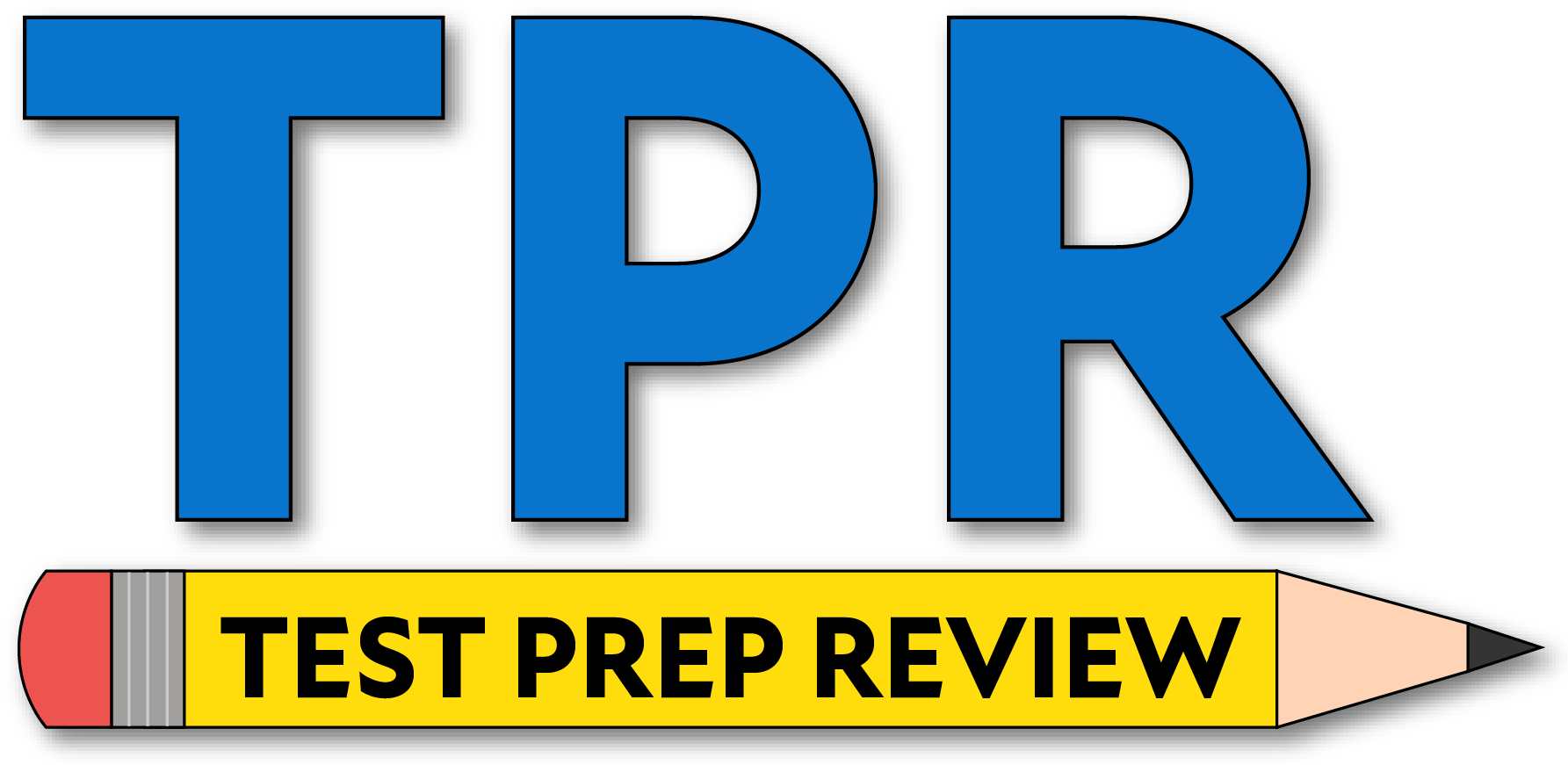- Interpret \(6 \times 4\) in a real world context.
- A family with four children has a total of six people in it.
- There are six cookies, and you eat four of them.
- You buy six binders for $4 each.
- You have $6, and your mom gives you $4 more.
You can think of \(6 \times 4\) as six groups of four objects. If you buy six binders for $4 each, then the total amount of money you spend is:
\($4 + $4 + $4 + $4 + $4 + $4\)
- Interpret \(24 \div 8\) in a real world context.
- A total of 24 slices of pizza are divided among eight hungry people.
- There are 24 houses, and each has eight windows.
- You have 24 baseball cards, and you buy eight more.
- Your vacation lasts eight days, and each day has 24 hours.
You can think of \(24 \div 8\) as equally dividing 24 objects into eight groups. If 24 slices of pizza are divided between eight people, then you have to divide the slices into eight groups.
- Ms. Nelson evenly distributes 32 crayons to eight kindergarteners. How many crayons does each student get?
- 3
- 4
- 6
- 8
There are 32 crayons that are evenly divided among eight students. Therefore, you can find number of crayons each student gets by dividing 32 by 8. The result is four crayons each.
- Calculate the missing number in the following equation:
- 4
- 5
- 6
- 7
Use trial-and-error to find a number that you can multiply by 4 to get 20. Since \(4 \times 1\) means four groups of one object, \(4 \times 1 = 4\).
Try using other numbers for missing number.
- \(4 \times 2 = 8\)
- \(4 \times 3 = 12\)
- \(4 \times 4 = 16\)
- \(4 \times 5 = 20\)
This tells us that the missing number is 5.
- Round 437 to the nearest ten.
- 400
- 430
- 440
- 500
To round to the nearest ten, first look at the digit in the tens place, which is a 3. Then, look at the number after the 3, which is a 7. Since it is greater than 5, you should round up. Therefore, the answer is 440.
- Solve the following equation:
- 335
- 435
- 721
- 921
Set up the addition vertically, making sure to line up the digits by place value.
\begin{array}{cr}
& 381 \\
+ & 54 \\
\hline
& 435
\end{array}
- Which fraction is represented by the shaded area in the figure below?
- \(\frac{1}{5}\)
- \(\frac{4}{5}\)
- \(\frac{5}{4}\)
- \(\frac{5}{1}\)
A fraction can be represented as a whole divided into equal parts. For example, if a figure is divided into two equal parts, then each part represents \(\frac{1}{2}\) of the whole. Notice that the rectangle in the problem is divided into five equal parts and one of those parts is shaded. Therefore, it represents the fraction \(\frac{1}{5}\).
- Which point represents the fraction \(\frac{1}{4}\) on the number line below?
- Point A
- Point B
- Point C
- Point D
If you divide the space between 0 and 1 on a number line into \(b\) equal parts, then each part has size \(\frac{1}{b}\), and the first division to the right of zero represents the point \(\frac{1}{b}\). For example, if you divide the space between 0 and 1 on a number line into three equal parts, then each part has size \(\frac{1}{3}\) and the first endpoint represents the point \(\frac{1}{3}\).
- Karen takes a 30-minute lunch break starting at 12:15. At what time should she come back from her lunch break?
- 12:30
- 12:35
- 12:40
- 12:45
To calculate when her lunch break finishes, add 30 minutes to the time it starts (12:15). Since we know that \(15 + 30 = 45\), the correct answer is 12:45.
- A penny has a mass of about 3 grams. What is the approximate mass of six pennies?
- 9 grams
- 12 grams
- 15 grams
- 18 grams
Since each penny has a mass of about 3 grams, you can find the total mass of six pennies by adding 3 together six time. In other words, you have to multiply \(3 \times 6\). Thus, the total mass is 18 grams.




